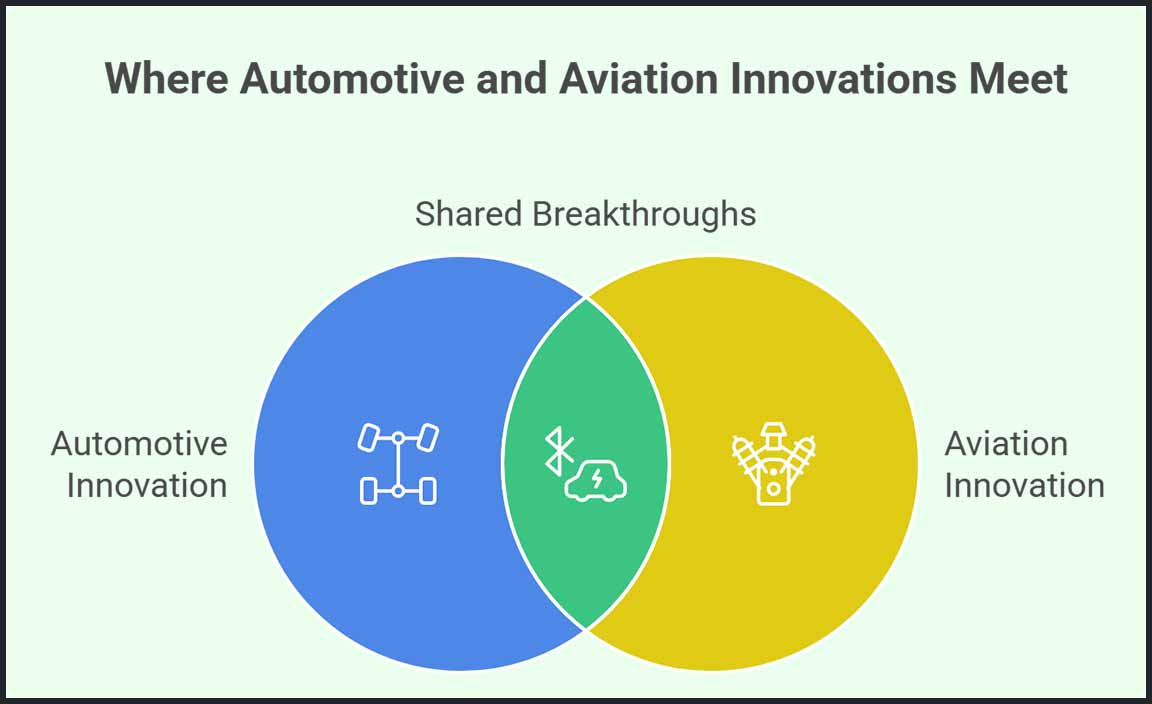There’s nothing quite like a G-Wagon. It’s bold, boxy, and iconic in a way few SUVs can match. But even legends need a refresh now and then. That’s where the 2025 Mercedes G 500 facelift comes in. This isn’t just a nip-and-tuck. It’s a thoughtful evolution that keeps the G-Class spirit alive while adapting to the needs of today’s drivers.
Out goes the big V8, and in comes a refined G 500 with 6-cylinder engine. More efficient, yet still full of torque and character. From its rugged G manufaktur aesthetics to the clever integration of hybrid tech and even hints of a hydrogen future, the G 500 is both nostalgic and future-ready.
Whether you’re a hardcore off-roader, a city cruiser, or a lifelong Mercedes fan, this updated G-Class has something worth your attention. Let’s dive into what makes it tick—and why this might be the smartest G-Wagon yet.

Overview Of The Mercedes‑Benz G 500 Professional Line
I still remember the first time I saw the updated G 500 Professional Line in person. The classic boxy silhouette had that familiar G-Wagon charisma, but there was something different: it felt sharper, more intentional.
The spare wheel cover had a fresh design, and Mercedes-Benz added some subtle yet meaningful upgrades. This model slots between the G 350 diesel and the AMG G63, offering a balanced option for those who want capability without going full AMG or electric.
Historical Significance Of The G-Class
The Mercedes-Benz G Class debuted in 1979 as a no-frills off-road warrior. Built on a ladder-frame, with heavy-duty portal axles and full differential lock, it was engineered to tackle the toughest terrain. Over time, it evolved into the luxury beast we know today—the Mercedes-Benz G Wagon.
This facelift respects that tough heritage, but adds refinement with updated fuel economy, modern tech, and interior comfort. It still turns heads, yet fits into today’s more eco-conscious world.
Features Of The G 500 Model
The G 500 Professional Line facelift brings practical upgrades that matter. Inside, there’s plush Nappa leather upholstery, Burmester 3D sound, and a redesigned steering wheel with touch controls. The radiator grille remains bold yet refined, and the spare tire carrier on the back door has a sleeker look.
And yes, it keeps apples-to-apples comparisons with competitors like the Land Rover Defender or Aston Martin SUVs. It looks tough—but now smarter.
The Role Of The 6‑Cylinder Engine
Here’s the big news: Mercedes swapped out the signature V8 biturbo engine for a fuel-savvy 6-cylinder engine. But it doesn’t feel like a downgrade. The torque output is high, especially down low, and it pulls with smooth, effortless confidence. With better fuel consumption and lower emissions, it fits modern needs without blanding the G-Class experience. It’s a smart middle-ground between old-school brute and modern sensibility.
LEGO® Technic™ Model Of The G 500
If you love cars and LEGO, this part’s for you. The life-like LEGO Technic Speed Champion kit captures the G 500’s boxy design, working steering, suspension, and even the spare wheel on the back. When I built mine with my nephew, we marveled at how LEGO replicated the wheel arches, rear axle, and realistic details. It’s a playful nod to the G-Class’s engineering elegance—scaled down, but clever enough to teach kids about mechanics.
Design And Build Features (LEGO)
From a design box to the spare wheel cover, the LEGO version is meticulously accurate. You see the front radiator grille shape, and the four-wheel drive logic. It’s surprising how much it mirrors real engineering—without a single drop of oil involved.
Complexities In Replicating An Icon
Building such a replica isn’t easy. LEGO engineers had to balance detail with functionality—like using physical portal axle designs, simplified differentials, and solid blocks that still look real. It’s a feat in translating real-world tech into plastic bricks.
Interactive & Educational Aspects
Beyond being cool to build, the model teaches spatial logic, mechanics, and toy-meets-engineering insight. It sparks curiosity about how suspension works, or why the spare wheel hides on the back door. Not just a toy—an interactive lesson with nostalgia.
Advancements In 6‑Cylinder Engine Technologies
Today’s 6-cylinder units are smart. They maintain performance while improving fuel economy. Gone are the days when a diesel engine was necessary for fuel efficiency—the new 6-cylinder gasoline variants deliver comparable results.
Overview Of Modern Engine Innovations
Today’s 6-cylinder engine is a marvel. It uses turbocharging, direct injection, valve timing, and lighter materials. It matches older V8 torque but is smaller, quieter, more efficient. Automation helps, too—smart fuel consumption monitoring and hybrid assist support.
Importance In Automotive Performance
Six-cylinder engines hit a sweet spot between power and refinement. They offer predictable torque delivery with fewer emissions. In the G-Class facelift, it feels planted, smooth, dependable—perfect for daily drives and long hauls.
Environmental Considerations
Switching to a 6-cylinder brings better fuel economy and reduced emissions. That’s vital today—not just for roads, but for the planet. Mercedes also uses recycled materials in seats, carpets, and some metal parts. This update isn’t vanity—it’s progress.
Mitsubishi Heavy Industries’ Hydrogen Engine
Stepping beyond fossil fuels, there’s exciting innovation in hydrogen. Mitsubishi Heavy Industries (MHI) is creating 500 kW-class hydrogen engines primarily for aviation, but the tech holds promise on land. Imagine future G-Class variants using hydrogen combustion.

It could offer near-zero emissions with full refueling speeds—solving one of the biggest EV drawbacks. This synergy between land vehicles and airplanes shows how gas-engine evolution continues in parallel with electric development.
Introduction To The 500 kW-Class Hydrogen Engine
Meanwhile, Mitsubishi Heavy Industries (MHI) is working on a 500 kW hydrogen engine. Designed for aircraft, this engine uses hydrogen combustion rather than fuel cells—so it can drop into current engine bays. A hydrogen-powered G-Class could deliver full power with zero carbon. Just imagine cruising silently on hydrogen.
Sustainable Energy Goals & Hydrogen Usage
Hydrogen isn’t just science fiction. It’s renewable, high-energy, and quick to refuel. Mercedes and MHI see a future where hydrogen vehicles offer fast refuels without emissions, especially in remote regions that lack charging stations.
Implications For Auto & Aviation Sectors
This tech could unite airplanes with SUVs. Imagine shared fueling infrastructure or engine servicing. Hydrogen G-Class models might borrow designs from airplanes. The same basics—lightweight cooling, safe refueling, efficient combustion—apply to both worlds.
Synergies Between Automotive And Aviation Innovations
When aviation and automotive engineers share solutions—like hydrogen engine fuel delivery, advanced materials, or thermal management—both sectors climb faster. That could impact the G-Class:

better fuel systems, lighter bodies, more efficient cooling—all inspired by aviation breakthroughs. Look for carbon composite body parts, improved active lane keeping assist algorithms, and better heat-resistant trims, driven by that shared research.
Intersection Of Traditional Engineering & Modern Tech
Automotive and aviation share design languages today: lightweight alloys, advanced cooling, data-based management, fuel efficiency. The G-Class already borrows aviation-grade materials. Hydrogen tech and design lessons from turbines may now cross over too.
Impacts On Future Pathways
Shared innovation fast-tracks progress. Lighter G-Class bodies, cleaner engines, smarter thermal control—all from aviation-inspired R&D. This keeps Mercedes ahead in the luxury SUV market.
Collaborative Prospects For Sustainability
Instead of siloed progress, cross-industry work unlocks more rapid green solutions. Shared hydrogen tanks or recyclable metals benefit both fields. And when one engine tech works for both cars and planes, economies improve—and emissions drop.
Future Trends In Engine Technology
What next? We’ll see more green alternatives—mild-hybrids, plug-ins, even hydrogen or synthetic fuels. G-Class variants may offer choices: a 6-cylinder mild hybrid, a hydrogen prototype, or a limited-run V8 collector’s edition.

Each option will address preferences—some value nostalgia, others demand sustainability. Market dynamics will shift as emission rules tighten, but the G-Class will likely stay adaptable, classic design, modern heart.
So yes, the G-Class still stands tall. It listens to its heritage. But it’s also looking to the sky—learning from aviation, embracing green tech, and refashioning itself for a future where choices matter. And that, to me, makes this facelift not just exciting, but deeply relevant.
Emphasis On Green Alternatives
Mercedes isn’t just stopping at mild-hybrids. They’re exploring hydrogen, synthetic fuels, and full EVs like the EQG. The facelifted G 500 hints at this shift—by proving the six-cylinder is future-capable.
Potential Market Impacts
A hydrogen or plug-in G-Class could disrupt the market. Current rivals like Aston Martin SUVs, Land Rover Defender, or Range Rover often cling to petrol or electric. A brand-new G-Class variant with zero carbon could outshine them all.
Predictions For Cross‑Industry Advancements
In the next five years, I expect more shared tech—shared hydrogen systems, shared lightweight composites, and smarter engines. Mercedes may launch a lineup: V8 collector’s model, six-cylinder daily, hydrogen flagship, and fully electric EQG. All built inside the same iconic shell.
Conclusion
The Mercedes G 500 with a 6‑cylinder engine is more than a refresh—it’s a turning point. You get modern fuel economy, hybrid readiness, and the potential for hydrogen power—all while keeping that “G Wagon” soul.
The LEGO Technic model reminds us how cleverly the design adapts in small scale—but real-world innovations are on a grander scale.
Innovation isn’t binary. It isn’t just electric or internal combustion. It’s a spectrum. And the G-Class now travels across that spectrum—from V8 roar to hydrogen whisper, and maybe soon, electrified silence.
FAQs
1.What Engine Does The 2025 Mercedes G 500 Have?
The 2025 G 500 comes with a 6-cylinder engine that balances power and fuel efficiency. It replaces the V8 in this facelifted model to meet modern standards.
2.Is The Mercedes G-Class Still Worth Buying In 2025?
Yes. The G-Class facelift improves fuel economy, adds advanced tech, and retains its rugged style. Whether for off-road or luxury, it remains a standout.
3.How Does The G 500 Compare To The AMG G63?
The G 500 offers a smoother, more efficient ride with a 6-cylinder, while the AMG G63 delivers more torque and power with a V8. It depends on your needs.
4.Will There Be A Hydrogen-Powered G-Class?
Mercedes is exploring hydrogen engine technology inspired by Mitsubishi Heavy Industries’ 500kW hydrogen engine—potentially for future G-Class models.
5.What’s The Price Of The New Mercedes G 500?
While official pricing varies by region, the G 500 is expected to start around $140,000, sitting between the G 350 and AMG G63 in the lineup.